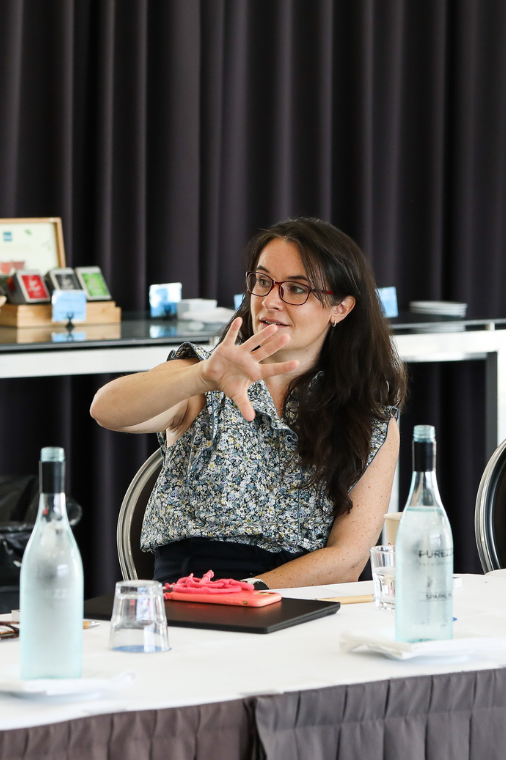
Via five short articles, we’ll explore the choices at hand, when thinking about deploying leadership development support in the year ahead. This next dilemma relates to the populations you want to reach, and the degree of impact you want to have.
Reading time: 1 minute
In the act of leading others, ideas like situational leadership are widely known: we adapt to the person we’re leading and consider what they need from us now – whether it’s direction, advice, coaching, empowerment. We may each have styles we’re more comfortable or less, but no one style is better per se: to give advice when someone could think for themselves, or to try to ‘empower’ when they need instruction, would each create problems of some kind.
And the same dilemma applies to how we consider developing our leaders.
Pushing content: some leaders might benefit from exposure to new models, tools, techniques, advice. They don’t know what they need next and are happy to be guided. And there’s not much standing in their way of putting new ideas to use in their roles. The analogy is like offering water to a dry sponge. A ‘push’-oriented approach might involve:
Removing barriers: some leaders have seen and heard the material before; they may have fallen out of the habit, but the gap to doing it isn’t resolved by more education. Quite often, leaders’ development means overcoming interferences, such as limiting assumptions, fear, self-doubt, or loss of focus. They don’t need more stuff, they need to offload and breakthrough. The analogy reducing the level of water in a full cup. A ‘remove’-oriented approach might involve:
If you had to say which of these was your bigger focus for the year ahead, which would it be?
As always, we’re here to help. And if this is a choice you’re working through, we’d love to chat.

Director of Leadership and Team Development
Explore more leadership development dilemmas:
